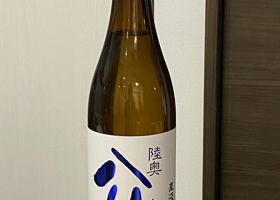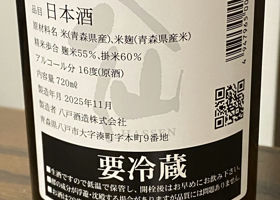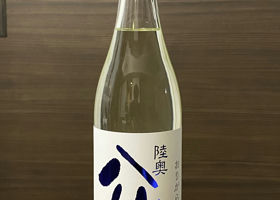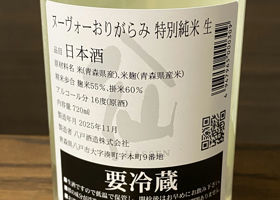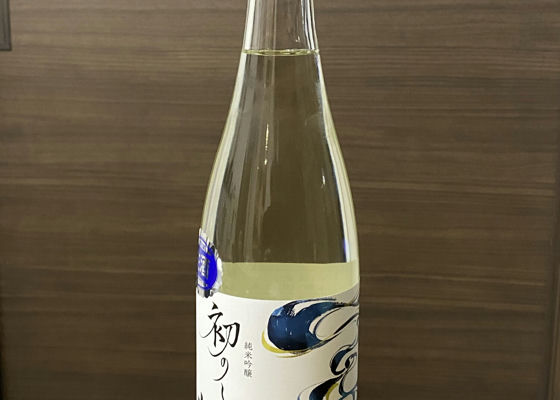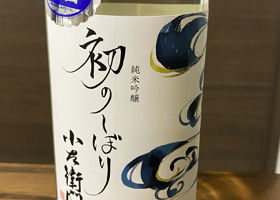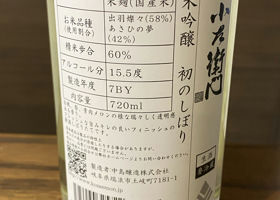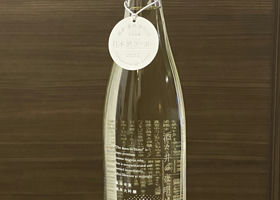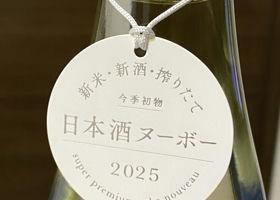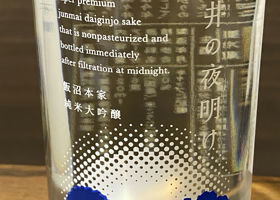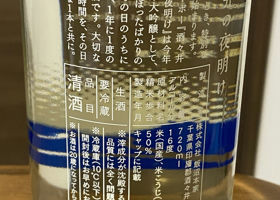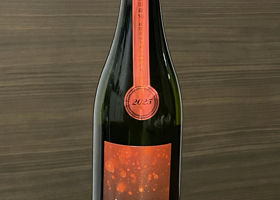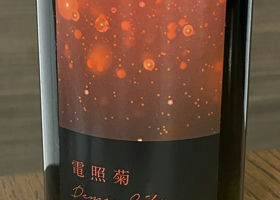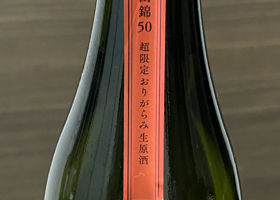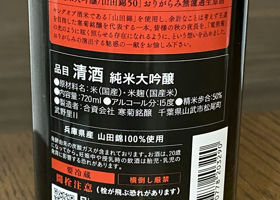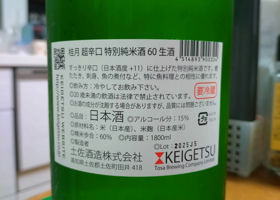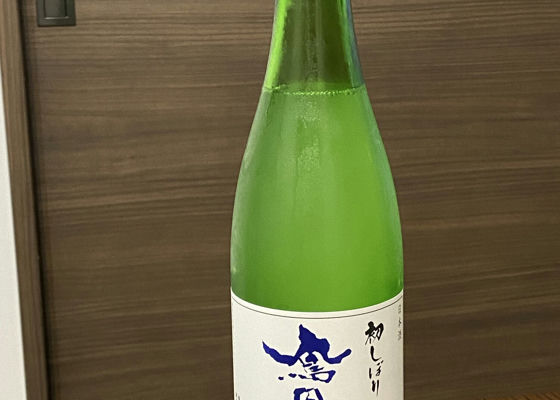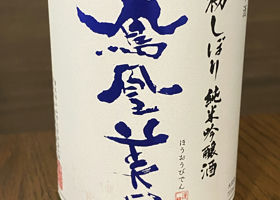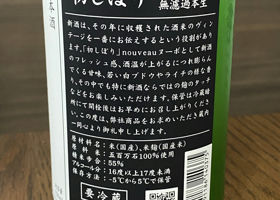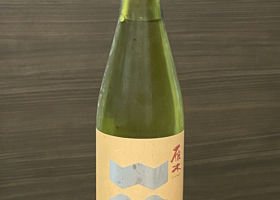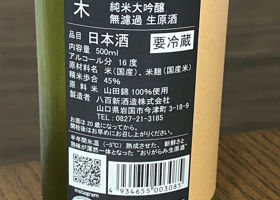Timeline
岡部澄夫Dry with a koji aroma typical of nigori sake. Hoka新酒 初しぼり純米原酒生酒生一本無濾過おりがらみ 岡部澄夫Sourness and rich rice aroma.
Little lees. 岡部澄夫Lychee-like sweetness and acidity are followed by an alcohol-derived bitterness. 岡部澄夫Fruity acidity and rice flavor like white wine.
A refreshing dry sake. 岡部澄夫Sourness, sweetness and rice aroma.
It can be drunk without any unpleasant taste. Y.TokushigeAs one's experience of drinking various kinds of wine accumulates, the impression of taste changes.
The wine is still good, but it is more mellow and has more elements of various tastes than my previous impression.
It tastes more balanced with a meal.
(Note: The taste is still hard right after opening the bottle, but after a few days, the corners are removed and it becomes more pleasant. Y.TokushigeThe umami of rice with a strong acidity. It has an astringent taste of ori (rice powder).
Not exactly my favorite on its own, but good as a food sake.
I drank it with tandoori chicken this time, and it was not a bad match for the salty and spicy flavor.
Sake rice → Aomori rice
Rice polishing ratio→Koji rice 55%, Kake rice 60
Alcohol content: 16%. Y.TokushigeFresh and gassy. It has a mineral flavor and a hint of sweetness. The taste is crisp and clean, with a hint of acidity and astringency.
It is a clear and beautiful sake, but when tasted by itself, it is a bit thin and lacks something, but as a mid-meal sake, it does not seem lacking.
Postscript
When I drank it about 3 days after opening the bottle, the minerality and acidity became stronger, the thinness was completely gone, and the astringency at the finish became stronger and more assertive than my initial impression.
Sake rice: 58% Dewa Sanzu, 42% Asahi no Yume
Rice polishing ratio→60
Alcohol content→15.5
Sake degree→±0
Acidity→2.1 Y.TokushigeUnfortunately, I was too busy drinking to drink it on the day I squeezed it in this year!
And today, when I'm drinking, I have a cold and I'm not in the best of shape!
But I feel better when I drink good sake!
Chilli gassy. It is a little spicy and drier than last year's. The flavor and a touch of astringency make it refreshing!
It is refreshing with its umami and astringency. It is easy to drink without choosing a side dish.
I think I opened it all at once last year, but this year, I'd like to enjoy the change!
Sake rice: Chiba Prefecture's Fusakogane
Rice polishing ratio→50
Alcohol content→16%.
Sake degree→+2 to +4 Y.TokushigeUmamama, sizzling fine gassiness, and gentle astringency of Ori.
Sake rice → 100% Yamadanishiki from Hyogo Prefecture
Rice polishing ratio→50
Alcohol content→15 岡部澄夫It says that it is excellent with fish dishes, but since it is literally super dry at a sake strength of +11, it suits meat dishes with strong fat. 岡部澄夫100% Yamadanishiki from Hyogo Prefecture
Nada's sake in the middle of Japanese sake
You can enjoy the aroma, flavor and acidity of Yamadanishiki. GangiORIGARAMI純米原酒生酒無濾過おりがらみ 岡部澄夫Dry as one would expect from an orihara.
The cloudyness is slight.
The aroma is fruity sweetness and acidity. 岡部澄夫Melon-like aroma and koji aroma can be felt at once.
The taste has a strong rice flavor and sweetness.
The carbonation is slight and there is not as much acidity as the label says. The center of the inner stopper was dented, so it may have fallen out? Y.TokushigeGood grapey aroma. Fresh and soft on the palate. Good sweetness and umami with a light astringent bitterness from the oli.
Sake rice: 100% Gohyakumangoku
Rice polishing ratio→55
Alcohol content: 16 to 17 degrees Celsius GangiORIGARAMI 純米大吟醸 無濾過 生原酒純米大吟醸原酒生酒無濾過おりがらみ Y.TokushigeFresh aroma and fruity flavor, then slightly matured and mellowed, dark and sweet! It is delicious!
It was squeezed in the spring and aged in ice temperature for six months without filtration, so you can really enjoy both freshness and maturity in a good balance!
Although it is orikagari, the orikagari is really faint and you can't tell unless you are told.
It is a good 500ml bottle, so it will be gone in one go!
Sake rice: 100% Yamadanishiki
Rice polishing ratio→45
Alcohol content: 16%. 岡部澄夫Dry with a hint of koji.
It also has a mineral taste. 岡部澄夫It has a delicious rice flavor, lychee-like sweetness, and acidity.
It is strange that there is a light effervescence even though it is hiyaoroshi (aged for half a year after being fired once). 岡部澄夫It has a lactic acid acidity derived from the sake's "ikuhashi-zukuri" method and a melon-like aroma similar to that of ginjo-style sake.
The rice flavor is present, but it is refreshing.
The alcohol content is light at only 13 degrees Celsius, so it can be drunk smoothly. 岡部澄夫Limited-edition sake "Shigetsugeno-Ichi No. 1
The first impression is a sour taste with a sweet, fruity aroma.
The taste is spicy and has a hint of sake spirit, betraying the sake and alcohol levels indicated on the label. RecommendedContentsSectionView.title
















